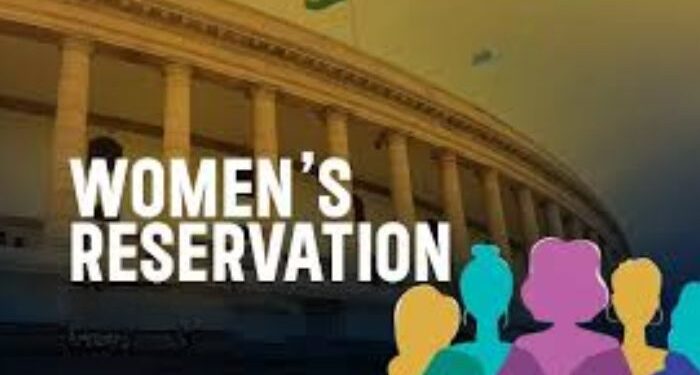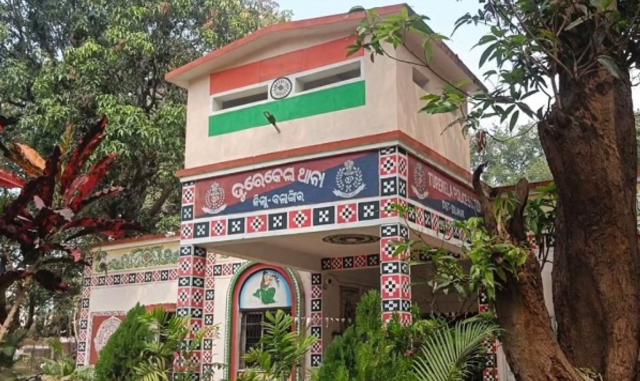The Union government is gearing up to implement 33% reservation for women in Lok Sabha and state assemblies, aligning it with a fresh delimitation exercise.
The move, expected to be in place before the 2029 general elections, is aimed at ensuring greater gender representation in India’s legislative process.
According to officials familiar with the plan, the delimitation exercise will take place after the much-delayed national census, scheduled to be completed in two phases before March 2027. The government intends to use updated census data to restructure parliamentary constituencies and ensure equitable representation, addressing concerns from southern states about potential seat reductions.
Initially expected to be implemented by 2034, the sudden announcement of the census has accelerated plans, making the 2029 elections the new target for rolling out the women’s quota. The delimitation commission, formed post-census, will finalise constituency adjustments before the reservation policy takes effect.
Experts believe this move will significantly alter India’s political landscape, providing women greater opportunities to influence policy decisions. While many hail the initiative as a step towards gender parity, discussions around implementation complexities continue.
As India approaches a crucial electoral phase, the push for women’s representation signals a transformative shift in governance, setting the stage for broader political reforms.




























